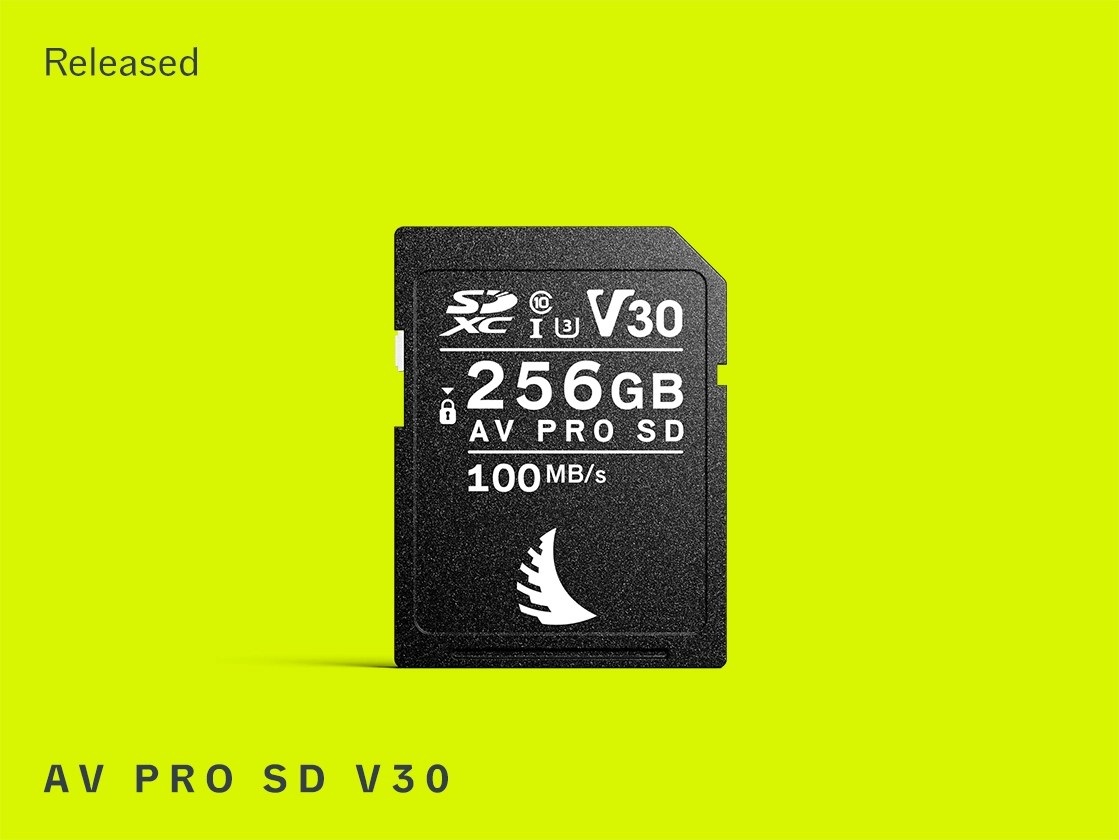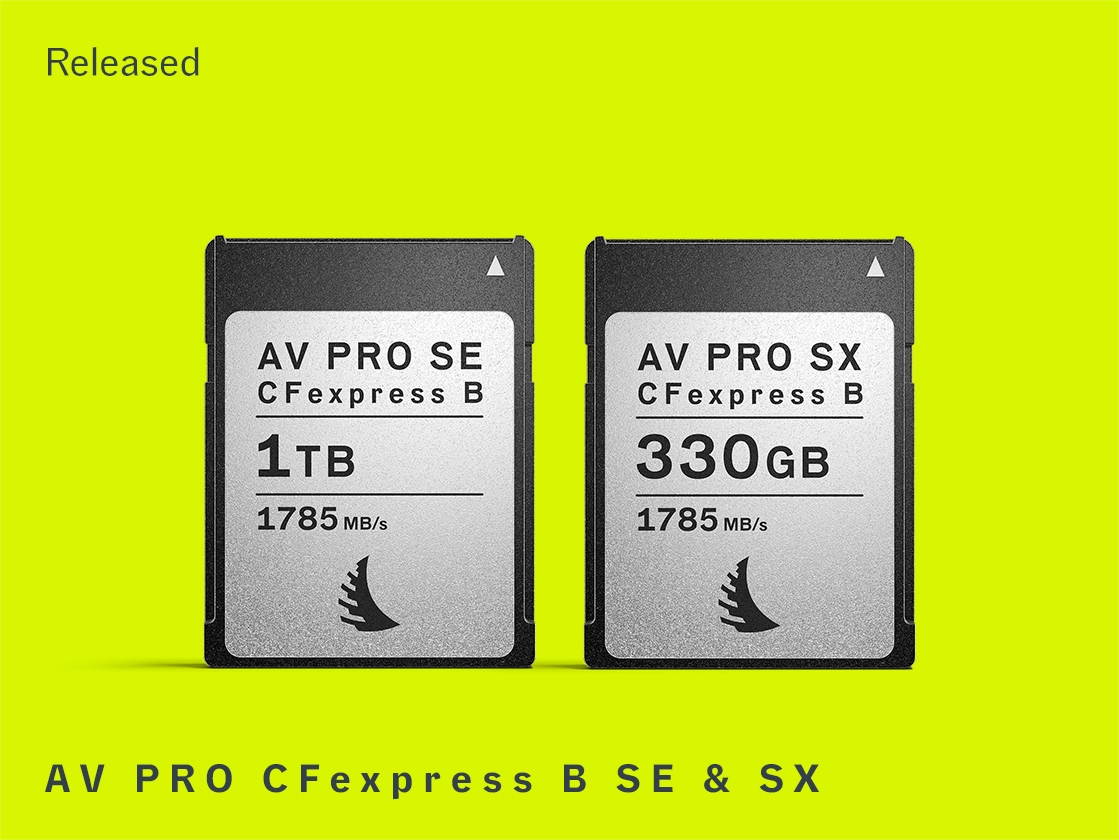How to choose the best microSD for your drone, action camera, or gaming console
Need a microSD that adapts to your needs like a chameleon? This is it. You can use it for creative production with drones, 360°, POV action cams, or to add extra storage or processing muscle to Android devices or Nintendo Switch gaming consoles.

The thing about microSDs is that one differs hugely from the next. In fact, the price points between microSD cards vary hugely. Which is why it’s important to shop from reputable brands and dealers. At the same time, you need to consider certain factors such as size, speed, class, and reliability.
Each device or application has its own format demands for microSD cards. That can make choosing the right microSD challenging and confusing.
This is why we’ve created a Fast Fact Guide (below the next section of FAQs). This guide includes our recommendations and things you should consider when picking the best microSD card for your drone, action cam, gaming console, smartphone, tablet, security, dash cam, and more.
Each device or application has its own format demands for microSD cards. That can make choosing the right microSD challenging and confusing.
This is why we’ve created a Fast Fact Guide (below the next section of FAQs). This guide includes our recommendations and things you should consider when picking the best microSD card for your drone, action cam, gaming console, smartphone, tablet, security, dash cam, and more.


FAQs
What size microSD card should I use with drones, 360°, and POV action cams?
When we talk about the size of a microSD memory card, we’re talking about its capacity. Which is the amount of space available on a card’s chip to read, write, and store data.
A microSD card helps you to do things like stream games faster or capture high-definition 4K drone footage. In general, nowadays, our devices need media cards that support larger volumes of data.
For the production of drone, 360°, and POV action cam video clips, we recommend choosing a capacity between 128 GB and 512 GB. You’ll want to consider the fps (frames per second) resolution settings that you prefer to shoot in, as well as the duration of your production sessions. Higher fps, as with 6K production and longer shoots, means you will need to reach for higher capacities.
- What size microSD card should I use with drones, 360°, and POV action cams?
- Which microSD card is best for gaming?
- Are the fastest microSD cards the best?
- What's the difference between UHS-I and UHS-II microSD cards?
What size microSD card should I use with drones, 360°, and POV action cams?
When we talk about the size of a microSD memory card, we’re talking about its capacity. Which is the amount of space available on a card’s chip to read, write, and store data.
A microSD card helps you to do things like stream games faster or capture high-definition 4K drone footage. In general, nowadays, our devices need media cards that support larger volumes of data.
For the production of drone, 360°, and POV action cam video clips, we recommend choosing a capacity between 128 GB and 512 GB. You’ll want to consider the fps (frames per second) resolution settings that you prefer to shoot in, as well as the duration of your production sessions. Higher fps, as with 6K production and longer shoots, means you will need to reach for higher capacities.


Which microSD card is best for gaming?
As for gaming with consoles like the Nintendo Switch, Steamdeck, Asus ROG Ally, or AYANEO 2S, it’s important that you choose a UHS-I card. That’s the format supported by the console with a max read speed of up to 95 MB/s.
Angelbird’s AV PRO microSD V30 UHS-I card also features Stable Stream™ technology, allowing consistent data flow between the card and gaming console while you’re playing. While other cards on the market may offer an ultra-high read speed, it’s not a clear indication of what happens to processing speed once the card is in action.
And since the Nintendo Switch device caps out with 95 MB/s processing, having a steady and constant flow of data throughout the card's capacity means you get uninterrupted play and performance every single time.
Are the fastest microSD cards the best?
Who doesn’t like fast? When it comes to read and write speeds of microSD cards, fast means efficiency — the efficiency to write or record data or to read, communicate, or transfer data between devices or screens.
To know what kind of speed you need, make sure you keep in mind whether you want to record, store, or transfer data.
If you have a recording device that requires a microSD, such as a drone, action cam, or dash cam, then you’ll want to pay attention to the write speed when shopping for a microSD card. If you’re transferring or storing data, as with a gaming console like Nintendo Switch, Android tablet, or smartphone, the read speed will be important to you.
While many microSD cards claim to be “the fastest on the market,” that might not be the ultimate test of whether the performance covers your needs. At Angelbird, we always tend to emphasize the “sustained speed” read and write performances.
Because, in our humble opinion, that value is the true measure of a card’s performance. It shows how the card can write or read data consistently, not just at the beginning. This is especially important when you’re shooting videos. If there’s a large gap between the minimum and maximum read/write speed, chances are you will see dropped frames, errors, or a big drop-off in the performance quality as you begin shooting or gaming.
The entire Angelbird memory card and SSD series features Stable Stream™ technology and ensures consistent, stable performance throughout the capacity of the card.
As for gaming with consoles like the Nintendo Switch, Steamdeck, Asus ROG Ally, or AYANEO 2S, it’s important that you choose a UHS-I card. That’s the format supported by the console with a max read speed of up to 95 MB/s.
Angelbird’s AV PRO microSD V30 UHS-I card also features Stable Stream™ technology, allowing consistent data flow between the card and gaming console while you’re playing. While other cards on the market may offer an ultra-high read speed, it’s not a clear indication of what happens to processing speed once the card is in action.
And since the Nintendo Switch device caps out with 95 MB/s processing, having a steady and constant flow of data throughout the card's capacity means you get uninterrupted play and performance every single time.
Are the fastest microSD cards the best?
Who doesn’t like fast? When it comes to read and write speeds of microSD cards, fast means efficiency — the efficiency to write or record data or to read, communicate, or transfer data between devices or screens.
To know what kind of speed you need, make sure you keep in mind whether you want to record, store, or transfer data.
If you have a recording device that requires a microSD, such as a drone, action cam, or dash cam, then you’ll want to pay attention to the write speed when shopping for a microSD card. If you’re transferring or storing data, as with a gaming console like Nintendo Switch, Android tablet, or smartphone, the read speed will be important to you.
While many microSD cards claim to be “the fastest on the market,” that might not be the ultimate test of whether the performance covers your needs. At Angelbird, we always tend to emphasize the “sustained speed” read and write performances.
Because, in our humble opinion, that value is the true measure of a card’s performance. It shows how the card can write or read data consistently, not just at the beginning. This is especially important when you’re shooting videos. If there’s a large gap between the minimum and maximum read/write speed, chances are you will see dropped frames, errors, or a big drop-off in the performance quality as you begin shooting or gaming.
The entire Angelbird memory card and SSD series features Stable Stream™ technology and ensures consistent, stable performance throughout the capacity of the card.

What's the difference between UHS-I and UHS-II microSD memory cards?
UHS refers to something called Ultra-High-Speed bus. It refers to the row of pins visible on the back of the card that support the interaction between your card and your device. Based on the number of rows, you can find cards listed as UHS-I, UHS-II, and UHS-III.
Since UHS-II cards have a second row of pins, when comparing them to UHS-I, they can offer more speed benefit. However, that speed benefit can only be leveraged if your camera or device also has a second row of pins internally to support the connection interface.
At the same time, a UHS-II isn’t necessarily guaranteed to be faster. The UHS-I and UHS-II specifications are designed to be backward compatible. This means you can use a UHS-II card in a device compatible with UHS-I and vice versa. Many drone and action cameras only support UHS-I cards. Therefore, even when a UHS-I card is used with a UHS-II SD card adapter, processing speeds will defer to the UHS-I specification.
UHS refers to something called Ultra-High-Speed bus. It refers to the row of pins visible on the back of the card that support the interaction between your card and your device. Based on the number of rows, you can find cards listed as UHS-I, UHS-II, and UHS-III.
Since UHS-II cards have a second row of pins, when comparing them to UHS-I, they can offer more speed benefit. However, that speed benefit can only be leveraged if your camera or device also has a second row of pins internally to support the connection interface.
At the same time, a UHS-II isn’t necessarily guaranteed to be faster. The UHS-I and UHS-II specifications are designed to be backward compatible. This means you can use a UHS-II card in a device compatible with UHS-I and vice versa. Many drone and action cameras only support UHS-I cards. Therefore, even when a UHS-I card is used with a UHS-II SD card adapter, processing speeds will defer to the UHS-I specification.


Fast Fact Guide for microSD compatible devices
Drones and action/360°/POV cams
Gaming consoles such as Nintendo Switch, Steamdeck, Asus ROG Ally, or AYANEO 2S
Android phones and tablets
Dash cams and security cameras
Drones and action/360°/POV cams
- Durable protection against harsh conditions
- Card and content protected from extreme temps, moisture, shock, magnets, and x-ray
- Stable Stream™ technology eliminates potential for dropped frames or video production errors
- High capacities up to 512 GB for longer production shoots
Gaming consoles such as Nintendo Switch, Steamdeck, Asus ROG Ally, or AYANEO 2S
- UHS-I class
- Sustained Read Speed of 95 MB/s
- Stable Stream™ technology for uninterrupted play
Android phones and tablets
- A2 Rating
- Faster app loading, better performance, storing video, photo, and audio files
- Up to 512 GB storage capacity
Dash cams and security cameras
- UHS-I class
- Sustained write speed of 80 MB/s
- Up to 512 GB capacity for extended recording


